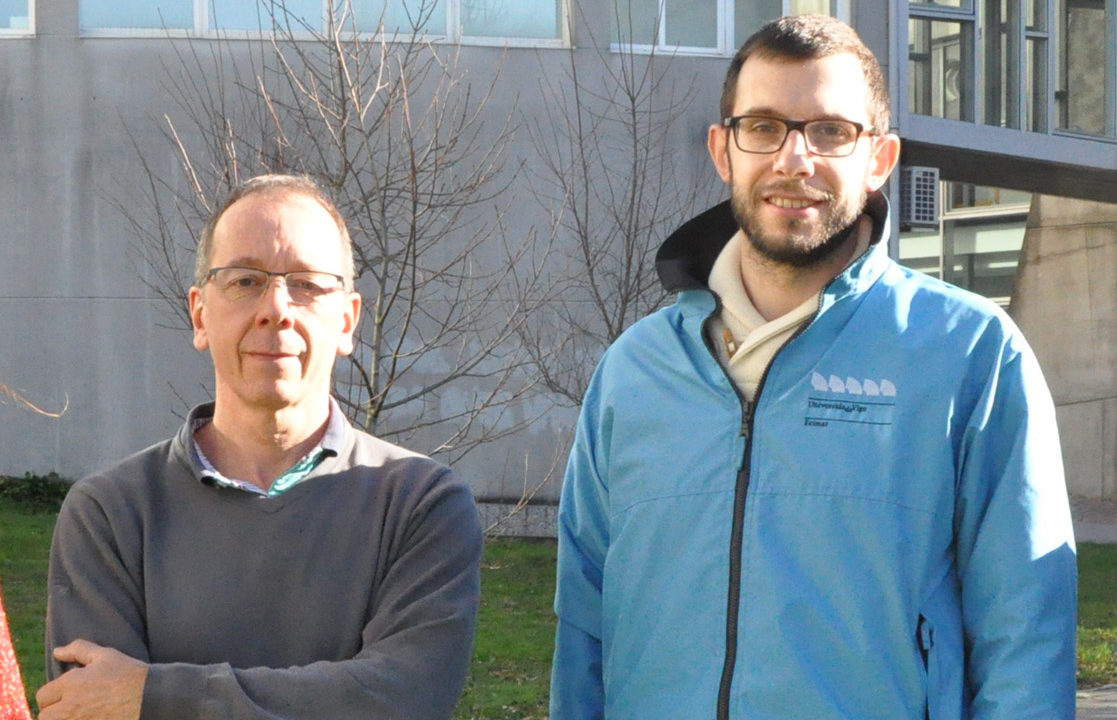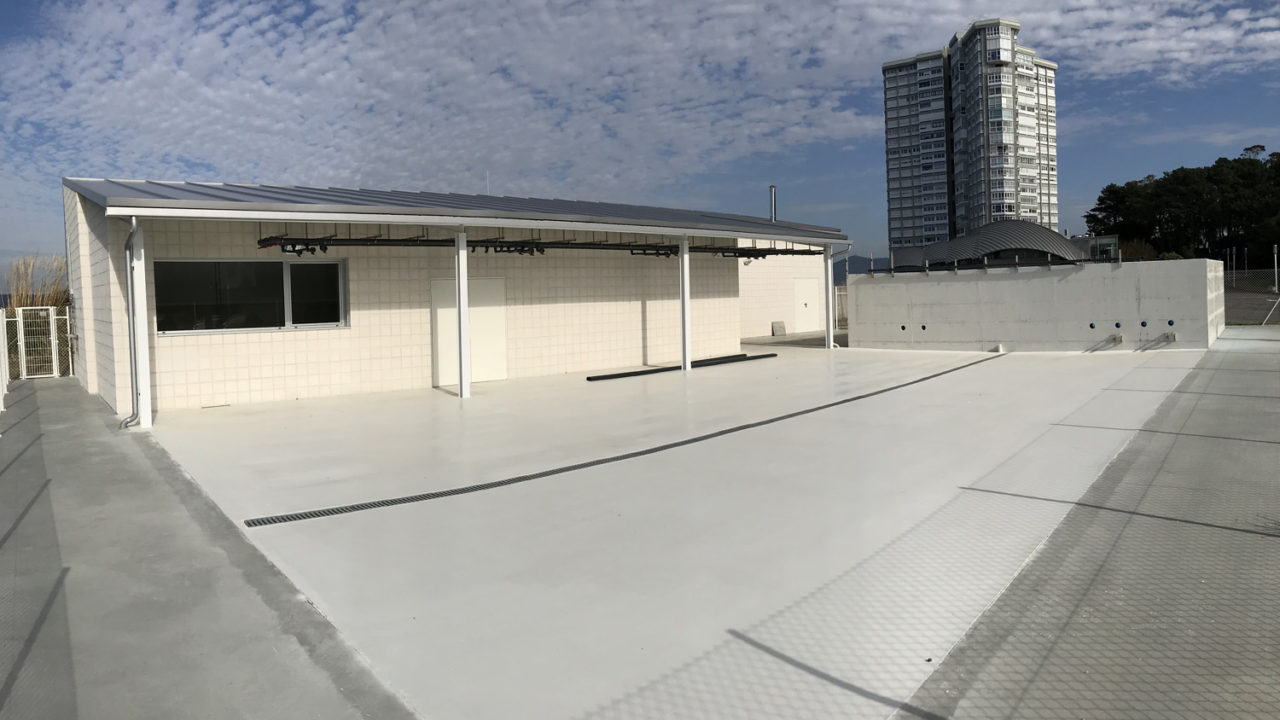At the time of carrying out studies on ecosystems such as rivers, lakes, estuaries and oceans, among the small-scale laboratory studies and those carried out in the natural environment is experimentation in mesocosm. They are facilities of large volumes of water isolated but maintained in conditions close to those of the natural environment, in which environmental factors can be realistically manipulated. Since April 1st, the Marine Research Centre (CIM) of the University of Vigo is part of a European project that under the name of Aquacosm-Plus constitutes the first international network of mesocosm facilities.
The project, called Network of Leading Ecosystem Scale Experimental Aquatic Mesocosm Facilities Connecting Rivers, Lakes, Estuaries and Oceans in Europe and Beyond (Aquacosm-Plus), is financed by the EU H2020 Program with almost ten million euros, of which 131,312.5 euros correspond to the University of Vigo. With a duration of 48 months, the initiative has the involvement of 30 partners from 16 countries, participating by the Vigo academic institution, wich counts with the support of the Xunta de Galicia and the European Union (ERDF Operational Program Galicia 2014-2020), José González, coordinator of the Oceanography Unit and the mesocosm facilities of the Marine Sciences Station of Toralla (Ecimat), and also the CIM researcher, Ramiro Varela. According to the participating researchers, the network established in Aquacosm-Plus “is the only mesocosm network that exists in the world today and although its origin is European and at the moment also their member, collaborations are also being established with other existing facilities on other continents”.
The network that constitutes Aquacosm-Plus, their managers detail, has as its main objective to facilitate access by research staff to the cutting-edge facilities in this field that exist in Europe, standardizing the methodologies and techniques used in each center, offering protocols and specialized technical staff and training for new generations of scientists ”. This coordinated work within the network, José González says, will allow experiments to be carried out in different settings, ranging from lakes to seas and from the Arctic to the Mediterranean. “The importance of having this wide variety of settings is that it allows us to carry out multiple studies and approaches to face the challenges that are presented us, such as climate change,” he highlights.
Toralla Marine Science Station facilities
In this project, as indicated by those in charge at the University of Vigo, the existing CIM mesocosm facilities at Ecimat will be used, both on land and at sea. Both from the CIM and from the Ecimat, José González highlights, in recent years it has opted to reinforce this line of research with the construction in 2016 of two platforms for conducting mesocosm experiments at sea and the recent construction of facilities on land that is slated to begin operating this spring. “Precisely, the fact of having these infrastructures is what allowed us to join the European network”, the researcher indicates. These facilities, he adds, represent “an important contribution to the network, since they are the only existing mesocosm facilities in Europe in a region of coastal upwelling such as the Rías Baixas”.
The role of the University of Vigo in the project, their managers explain, is, equal to the other partners: to participate in the standardization of methodologies and protocols at the European level and in joint experiments with other institutions to study the effects of various factors on the different ecosystems covered by this network and facilitate access to researchers from other centers”. The membership of this network, they add, will allow the exchange of researchers between institutions, being able to access at all times the facilities most suited to the object of study and promote collaborations between the different centers that make up this network. Furthermore, José González points out, “this project, will allow CIM researchers currently working in mesocosm to participate in various international activities, collaborate with researchers from other centers and benefit from the activities that are carried out.”
Advantages
The advantage of conducting studies in mesocosm compared to laboratory studies is evident, the coordinator of the Ecimat Oceanography Unit stresses,”but it also has advantages over direct study in the natural environment, such as the possibility of manipulating environmental conditions (from temperature to salinity); to study the effects of adding substances (from nutrients to pollutants) and to simultaneously use replicates and different gradients of the conditions to be studied”. These possibilities, he adds, “allow us to study realistically the possible future scenes that we will have to face due to climate change.”
The participation in this European project, the responsibles at the academic institution indicate, is one more step in the trajectory developed in this field since, they recall, “from the Marine Research Center we have been working for many years on experimentation in mesocosm, both using temporary facilities in the Vigo estuary as participating in projects developed in foreign research centers, so there was already contact with other researchers and with other marine station facilities in other parts of Europe ”. Thus, they point out, they collaborated with the previous European project from which Aquacosm-Plus was born, called Aquacosm.
Source: DUVI





